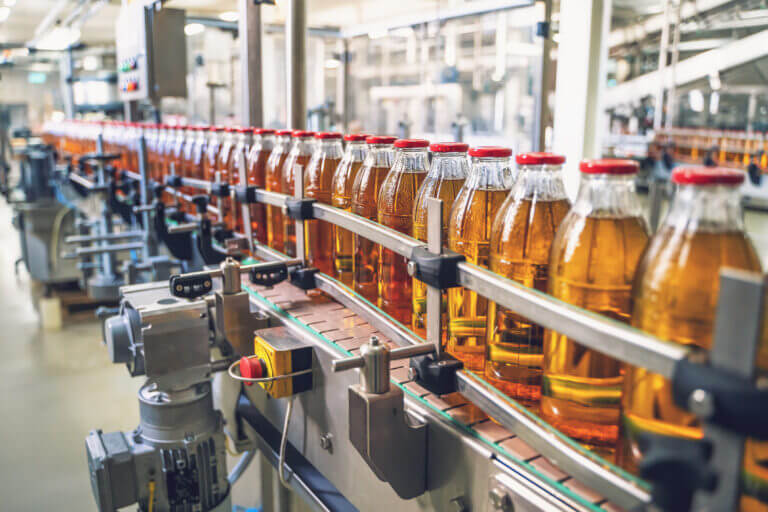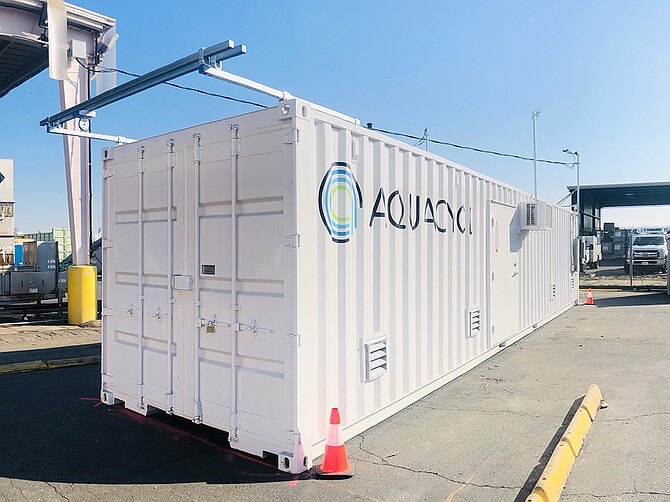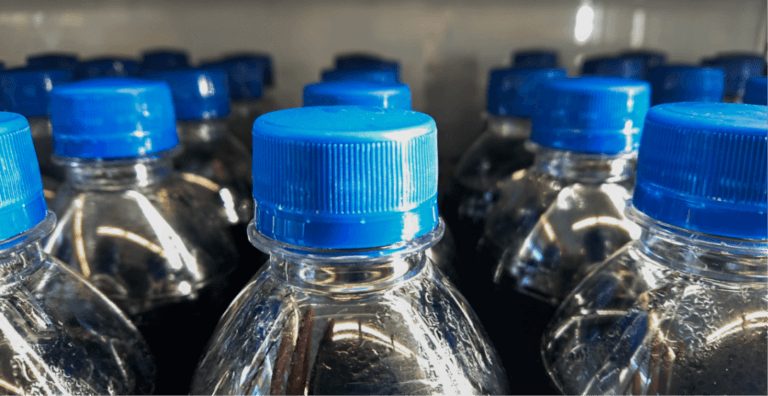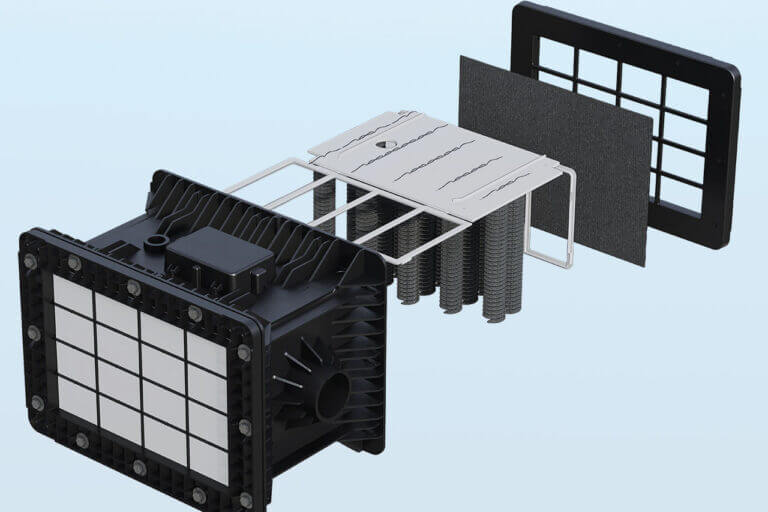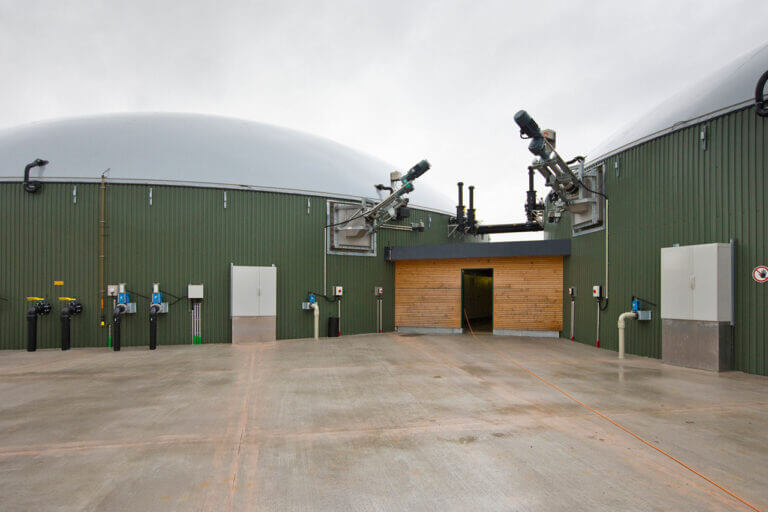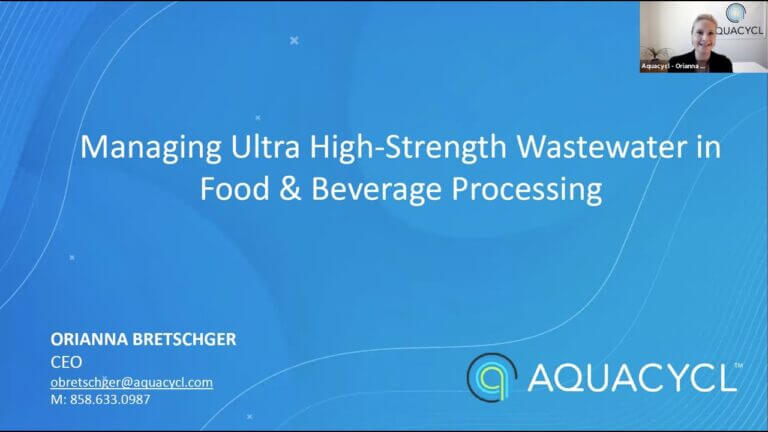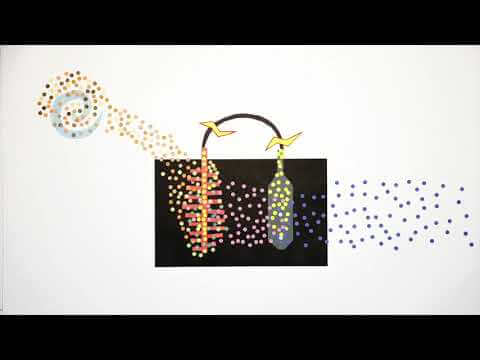You’ve probably set KPIs for your business operations and physical assets, but what about your wastewater?
When considering best practices for wastewater management, you need to know what your options are for discharging the process water (or wastewater) that you’re generating. This means first working with your local water authority to understand what the requirements are for sending wastewater to the collection system and what the rate structure looks like.
You need to know the volume, pH, and other polluting constituents that are monitored by the water authority and expectations for discharge.
Without clear metrics in place for each option, it’s difficult to avoid fines, confidently manage treatment systems, or determine the ROI on any given new investment. That’s where wastewater KPIs (Key Performance Indicators) come in.
What Is a Wastewater KPI and Why Does It Matter?
Key Performance Indicators (KPIs) in wastewater treatment are measurable values that reflect how effectively a facility is meeting its compliance and operational goals.
For industrial facilities, these KPIs often include metrics like Biological Oxygen Demand (BOD) discharged, Total Suspended Solids (TSS) discharged, volumes discharged, and specifical permit requirements that will include legal limits (not to exceed) and surcharge limits (how you will be charged).
The reason these are important is because oftentimes, industrial facilities don’t actually have to meet residential discharge levels to achieve permit compliance, but they may incur significant surcharges depending on how the water authority has set the rate structure.
Many facility managers assume they’re permitted to residential discharge thresholds, typically around 200–300 mg/L BOD and TSS. While that’s a great benchmark, the truth is your legal discharge limits are most likely higher and the threshold for applied industrial surcharge rates may also be higher.
Why Setting the Right KPIs Is Crucial
Utilities generally assess industrial wastewater based on load, not just concentration. That means your compliance is determined by the total amount of pollutants you send to the collection system, calculated as a product of your flow (gal/day) and concentration (mg/L BOD and/or mg/L TSS).
This creates opportunities for process optimization to reduce volumes and pollutants sent to drain and also allows for more flexible, cost-effective treatment plans—but only if you’ve set the right KPIs.
Here’s where most facilities go wrong:
- They don’t start a conversation with the utility first, which may lead to targeting unnecessary treatment thresholds.
- They don’t assess wastewater management or production goals as a function of utility billing models.
- They overlook how production variability affects compliance and utility surcharges.
Understanding the relationships between production, city monitoring schedules, and billing models will enable accurate KPIs and allow you to prioritize what matters most: reducing surcharges, staying within permit limits, and operating efficiently.
Setting—and Meeting—the Right Wastewater KPIs
What we do at Aquacycl is take a comprehensive look at what’s happening on your production floor, your permits, your utility billing structure, and review your wastewater characteristics and expansion plans to help wholistically define performance targets and KPIs that truly matter.
Wastewater KPIs should not only ensure compliance but achieve cost savings and support broader business goals (such as sustainability or expansion targets) as well.
Here’s how we do it:
- Effluent Sampling & Analysis: We begin by collecting representative samples of your wastewater to analyze BOD, TSS, and other pollutants.
- Permit Analysis: We review your historical billing structure and permitted thresholds to determine best approach for cost savings and compliance.
- Production Variability Mapping: We factor in how your wastewater characteristics may shift based on seasonality, production schedules, and potential expansion plans.
- Target Reduction Planning: From your goals (cost reduction, compliance, sustainability) we determine how much load removal (or the percentage of pollution reduction) we need to meet with an onsite treatment system.
- Custom System Design: We then design, build, and operate a system to meet your exact needs and ensure you are always within the set KPIs.
This level of insight enables us to design a tailored treatment system that delivers exactly what your facility needs, ensuring the lowest cost and smallest footprint possible while still meeting your KPIs.
Our Performance Guarantee
Once your system is installed, Aquacycl takes on the burden of operations and compliance. Your wastewater KPIs are in our scope of work, and we stand behind them with a full performance guarantee.
If we ever fail to meet them (which has never happened!), we cover the costs of any fines or penalties, upgrades or maintenance needed, and even any hauling that was required.
We also monitor system performance and wastewater quality in real-time through our digital platform. Multiple parameters are tracked continuously with specific performance thresholds programmed into the system such that if any parameter is below specifications, the Aquacycl operations team are immediately alerted and take action to address issues before they become problems onsite.
All performance data is accessible through our customer portal, giving your team full visibility without the management burden.
➡️ Get a look at our monitoring platform here
Your team doesn’t have to monitor, adjust, or manage. We handle it all, taking the burden of wastewater management off your team while keeping you informed every step of the way.
Case Study: Exceeding KPIs for PepsiCo
At one of PepsiCo’s bottling facilities, a small-volume of high-strength wastewater was creating unpredictable sewer surcharges that fluctuated dramatically based on when municipal testing occurred.
They needed a solution that could deliver reliable results and simplify compliance.
Aquacycl installed a custom treatment system designed to meet PepsiCo’s specific KPIs. The system consistently exceeded expectations: removing over 1,600 pounds of BOD per day, even when influent concentrations were more than double the projected levels.
Backed by real-time monitoring, guaranteed performance, and level monthly pricing, PepsiCo gained more than just compliance: they gained predictability, reduced risk, and peace of mind all with no added burden on their operations team.
Ready to Set Smarter Wastewater KPIs?
Let us take the guesswork out of wastewater compliance and help you save some costs! Visit our Why Aquacycl page to see how our tailored, performance-guaranteed solutions deliver results with minimal burden on your facility.



